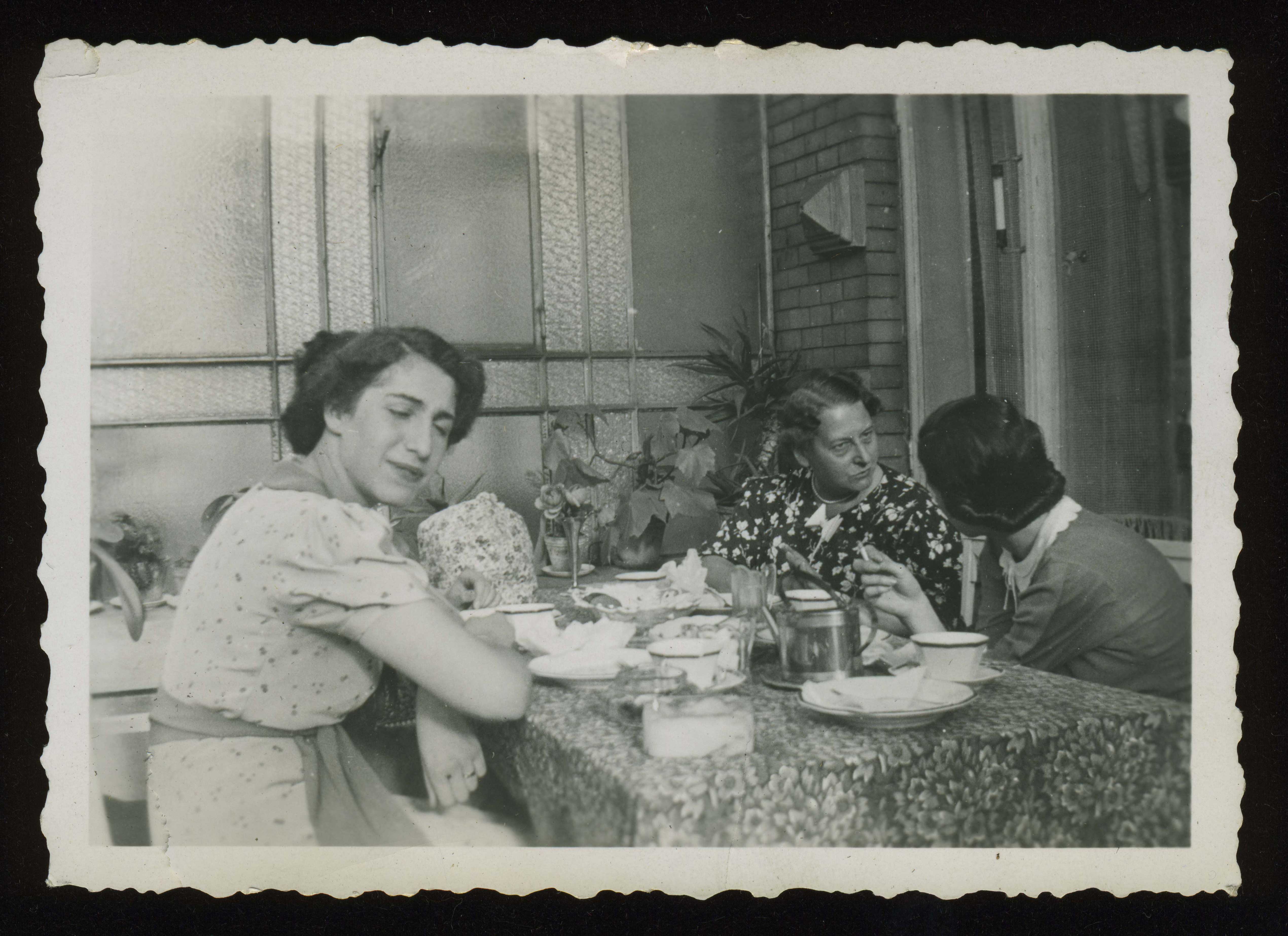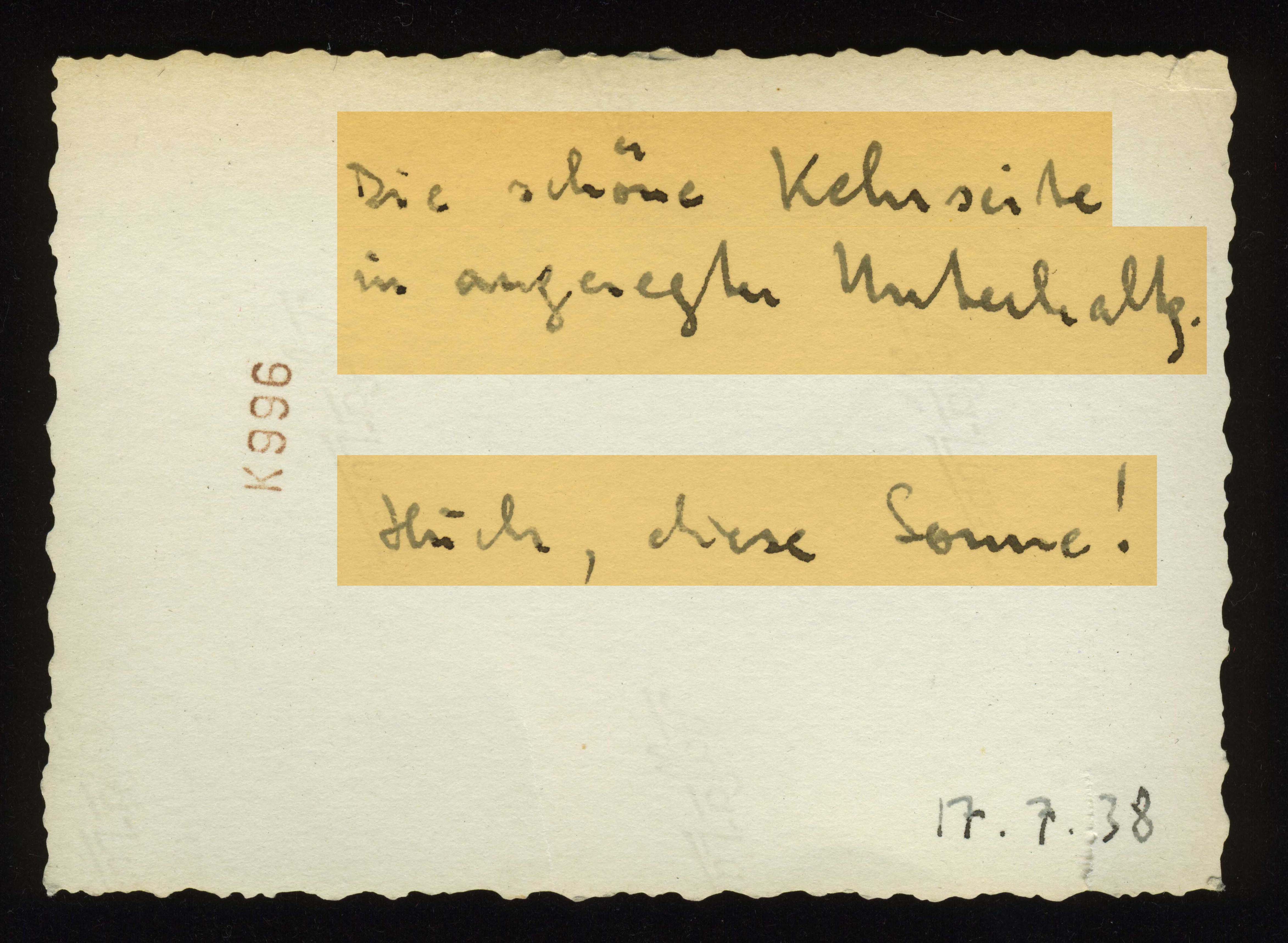Double jeopardy
Disabled and Jewish, Ursula Meseritz was a target of multiple Nazi policies



External links are disabled on the kiosk. Please visit archive links from desktop or mobile devices.






















BACK TO TIMELINE
Sign up for weekly updates:
Success
Thank you for signing up.
Error
You're already a list member.
Error
An error occurred, please try again later.










































Sign up for weekly updates:
Success
Thank you for signing up.
Error
You're already a list member.
Error
An error occurred, please try again later.
The Leo Baeck Institute – New York | Berlin presents the year 1938 through the eyes of Jews, whose personal documents detail their experiences and the hardships they suffered as well as the growing tensions in Europe and diminishing hope for Jews in Germany and Austria.

Curated by Leo Baeck Institute – New York | Berlin
© 2018 Leo Baeck Institute
Website and exhibition design by C&G Partners



“The beautiful back of the head in animated conversation. Ach, the sun!”
Berlin
As a deaf-mute Jew, Ursula Meseritz was doubly inferior in the eyes of the Nazis. Since July 14, 1933, the Law for the Prevention of Genetically Diseased Offspring had been in effect, which legalized the forced sterilization of the deaf, the blind, the cognitively disabled, epileptics, and others. Ursula had attended the only Jewish institution for the deaf-mute in Germany, the “Israelitische Taubstummenanstalt” in Berlin Weißensee. Under the Nazi regime, the use of sign language was forbidden in public schools, and in 1936, Jewish students were excluded from institutions catering to the needs of the deaf-mute. According to a “Questionnaire for Emigrants,” which she had submitted in April 1938, Ursula had been trained as a lab worker for clinical diagnostics and was hoping to work in this field in the United States. The captions on these photographs (dated July 17, 1938) show that in spite of the difficult times, the 19-year-old had not lost her sense of humor. They appear to show Ursula and her sister with their parents celebrating one last time before Ursula departed for the US.
SOURCE
Institution:
Leo Baeck Institute – New York | Berlin 
Collection:
Ursula Meseritz Elgart Family Collection, AR 25544 
Original:
Box 1, folder 5



Curated by Leo Baeck Institute – New York | Berlin © 2018 Leo Baeck Institute
Website and exhibition design by C&G Partners